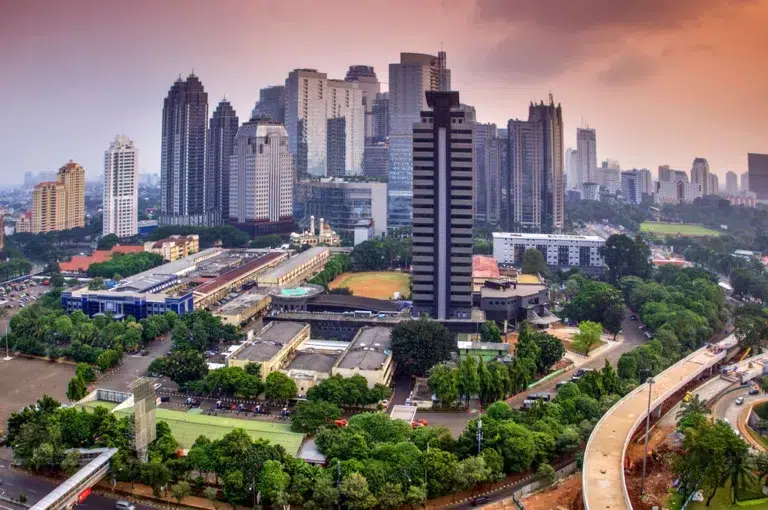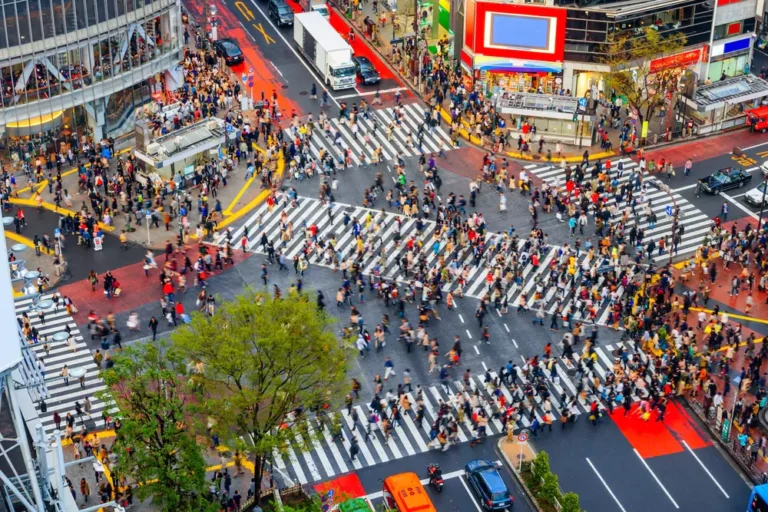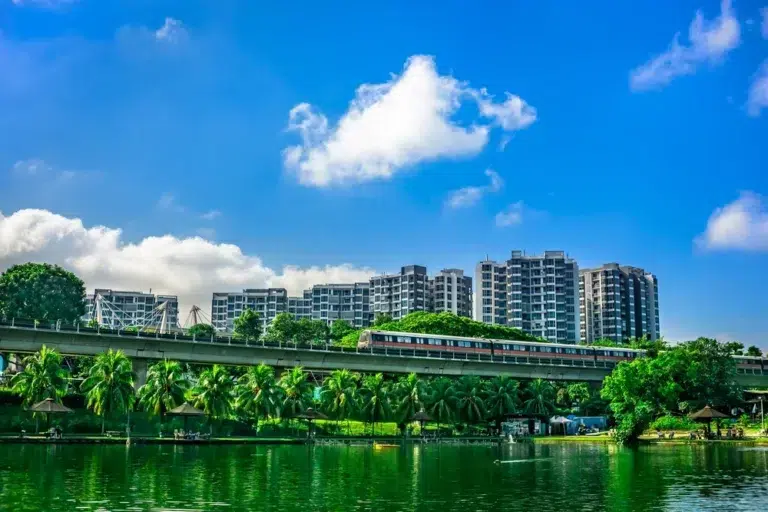Why the Philippine real estate market remains resilient now
The arrest of former President Rodrigo Duterte is a political plot twist with potentially dramatic ramifications. But the flourishing real estate sector in the Philippines is not (yet) flinching
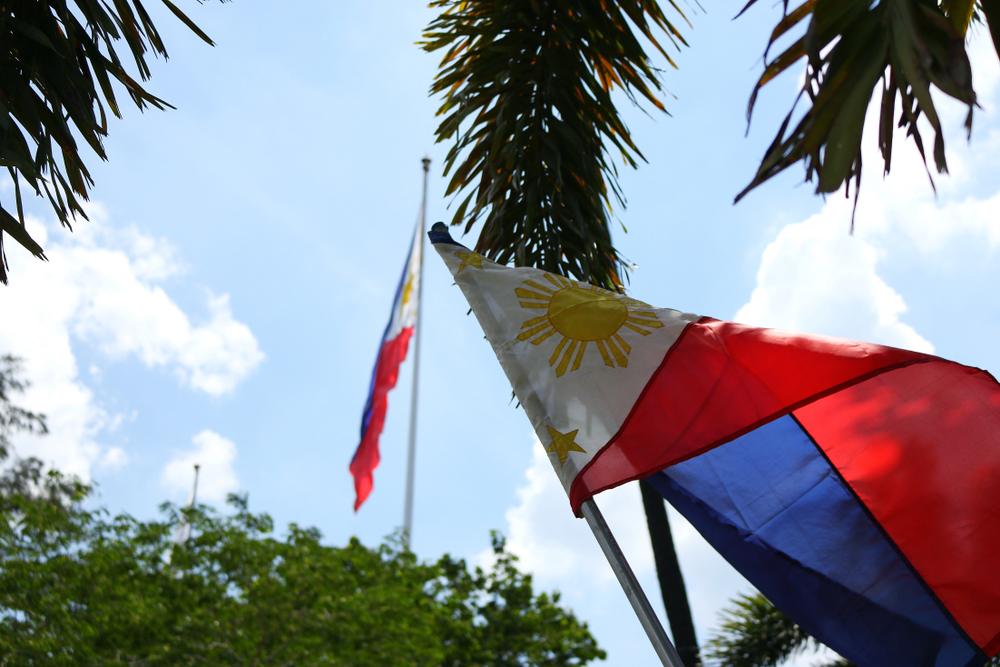
The arrest of former President Rodrigo Duterte has plunged Philippine politics into fresh turmoil, deepening the rift between his allies and the Marcos Jr. administration.
It’s the kind of instability that once sent markets reeling, stirring familiar fears of policy reversals, investor hesitation, and capital flight. Yet the real estate sector isn’t flinching. At least not yet.
In fact, in a country where politics has long dictated investment cycles, something unusual is unfolding. Developers are still buying, building, and pushing ahead. So, is this just another storm the sector can shrug off, or the start of a deeper test of its resilience?
History would suggest caution. Political infighting has long had the power to rattle markets in the Philippines, stalling developments, delaying approvals, and fuelling capital flight. But this time, the fallout has been far more restrained.
“We are not seeing significant capital flight,” says Joey Bondoc, research director at Colliers. “Most property investments are made by Filipinos working locally or abroad. Even Japanese companies are aggressively looking at the Philippines as they search for joint venture partners.”
According to Colliers Philippines, most property investment remains anchored by domestic demand, including remittances from overseas Filipino workers and longterm commitments from foreign players such as Japanese firms pursuing joint ventures.
It’s a grounded investor base that isn’t prone to panic. And if the last election is any indication, turbulence at the top doesn’t always translate into turmoil on the ground, a pattern that appears to be holding. In 2022, residential condo sales surged by 90 percent year-on-year to PHP162 billion (USD2.9 billion), continuing a pattern seen in other election years such as 2010 and 2016.
Even global risk analysts remain measured. The latest Political Risk Index from WTW places the Philippines at 60 out of 100—a signal of concern, but not crisis. On the ground, developers appear to be taking a similar view. According to research firm ConsTrack360, the construction market in the Philippines is expected to grow by 8.4 percent in 2025, reaching PHP1.94 trillion.
Duterte’s detention at The Hague, along with the charged political fallout it triggered, has further sharpened the divide between his allies and the Marcos Jr. administration. But for now, most investors seem more focused on fundamentals than courtroom drama.
Developers are astute enough to tune out the political noise. What matters is that the government follows through on key pro-business reforms already in place
Some of this momentum can be traced back to Duterte-era policy decisions. Between 2017 and 2019, the influx of Chinese offshore gaming operators (POGOs) sparked a shortterm boom in office and residential demand, particularly in Metro Manila. “The Chinese offshore gaming companies fuelled office space and residential take-up,” says Bondoc. “Their exodus left a huge void in the office and residential sectors.” That pullback, driven by regulatory tightening and geopolitical pressure, exposed the vulnerability of relying too heavily on a single demand driver. The resulting oversupply still hangs over parts of the market, particularly in the office segment, though Bondoc notes that vacancy is “gradually improving, albeit at a steady pace.”
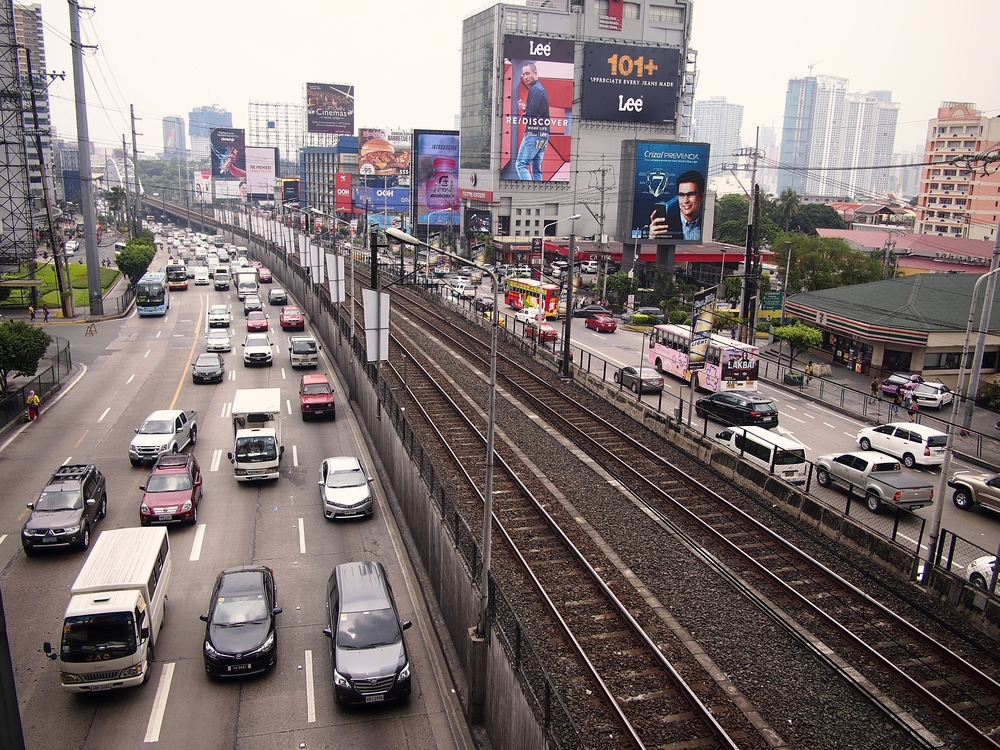
Duterte’s “Build, Build, Build” programme left a more durable mark. Major infrastructure upgrades, especially in Davao and other regional hubs, continue to support long-term decentralisation. But the POGO episode stands as a cautionary tale: Bold surges can be brittle if they’re not underpinned by broad-based, sustainable growth.
While Duterte’s legacy was defined by disruption, the road ahead for Marcos Jr. will depend on follow-through. As political distractions grow, the real estate sector is watching for signs that the administration can stay focused and deliver on its promises.
“Developers are astute enough to tune out the political noise,” says Lovelle Taleon, Santos Knight Frank’s director for consultancy. “What matters is that the government follows through on key probusiness reforms already in place—such as the Ease of Paying Taxes Act and the Foreign Investments Act.”
Amendments to the Right of Way Act and the continued rollout of infrastructure, especially through PPPs and aid-backed projects, will also be crucial. Business sentiment now hinges less on rhetoric than on results.
Colliers’ 2025 outlook underscores continuity as key to sustaining investor confidence. Fitch Ratings, meanwhile, has maintained the Philippines’ BBB credit rating, citing infrastructure momentum as a buffer against political risk.
That pipeline is giving the market something concrete to hold onto. Under the PHP8.8- trillion Build Better More programme, 198 high-impact projects are set to span transport, energy, health, IT, water, and agriculture. Flagship developments include the Metro Manila Subway (partial operations expected by 2032), the Bataan-Cavite Interlink Bridge (breaking ground in 2025), and the Panay-Guimaras-Negros Island Bridges, designed to boost connectivity across the Visayas.
Beyond stimulus, this wave of infrastructure is already reshaping development priorities. Improved connectivity is drawing interest to growth corridors in secondary cities and regional centres that were once off the investment map.
Still, the road ahead isn’t without friction. In the office market, vacancy in Metro Manila reached 19.8 percent in 2024 and is projected to rise to 22 percent by end-2025, according to Santos Knight Frank.
“While vacancy rates remain elevated compared to pre-pandemic levels, this would still be considered a healthy rate in most global markets,” says Taleon. “They are gradually improving, albeit at a steady pace.
Residential oversupply presents another challenge. Colliers reports that unsold condominium inventory in Metro Manila reached 75,300 units by Q3 2024, with an estimated absorption period of 5.8 years. Vacancy in the secondary residential market also crept up to 17.4 percent, a lingering effect of the POGO pullback.
Political instability is nothing new to the Philippines. Over time, the real estate sector has developed a kind of operational muscle memory, adjusting, absorbing shocks, and finding ways to move forward. But as the WTW Political Risk Index indicates, perception still matters. If reform delivery slips, or if political noise starts interfering with day-to-day operations, that underlying confidence could begin to fray.
For now, though, developers remain focused. So long as business continues uninterrupted, they appear ready to keep building. The lesson of 2025 may not be about defiance in the face of disruption, but discipline. In a market long shaped by volatility, trust in delivery could prove to be its strongest foundation.
The original version of this article appeared in PropertyGuru Property Report Magazine Issue No. 190 on issuu and Magzter. Write to our editors at [email protected].
Recommended
Transforming cities with smart infrastructure and sustainable urban planning
Governments around Asia are spending billions to fuel infrastructure development to boost real estate and economic growth
ARES White Paper Volume 3: The era of adaptive reinvention
Pioneering sustainable and innovative practices in urban development
ARES White Paper Volume 2: Unravelling the power of data revolution in real estate
Insights on proptech, smart cities, and sustainable development
ARES Digital White Paper Volume 1: The fundamentals of responsible building
Green and climate heroes join forces to discuss how Asia Pacific can weather the current environmental crises and the looming effects of climate change





